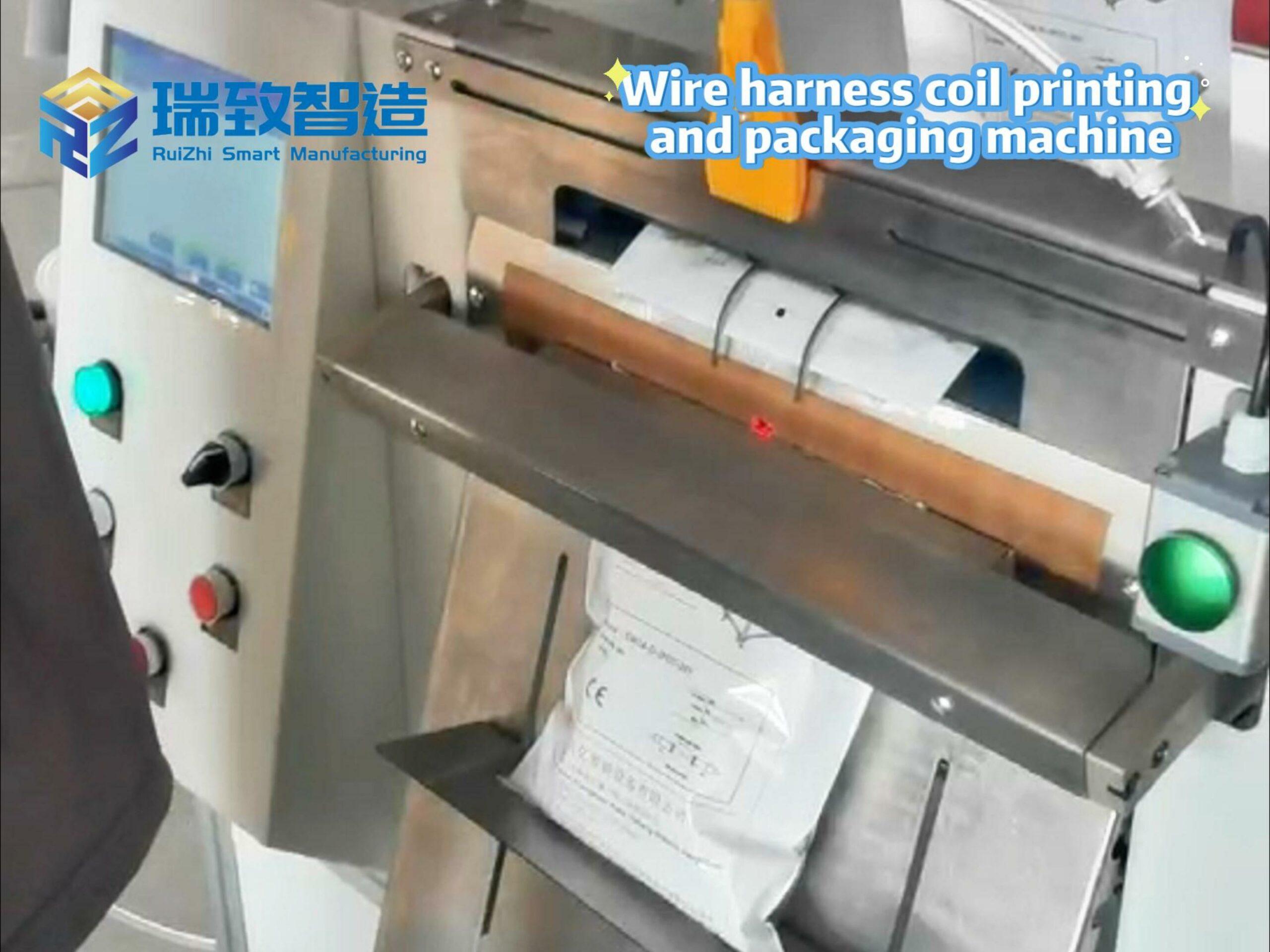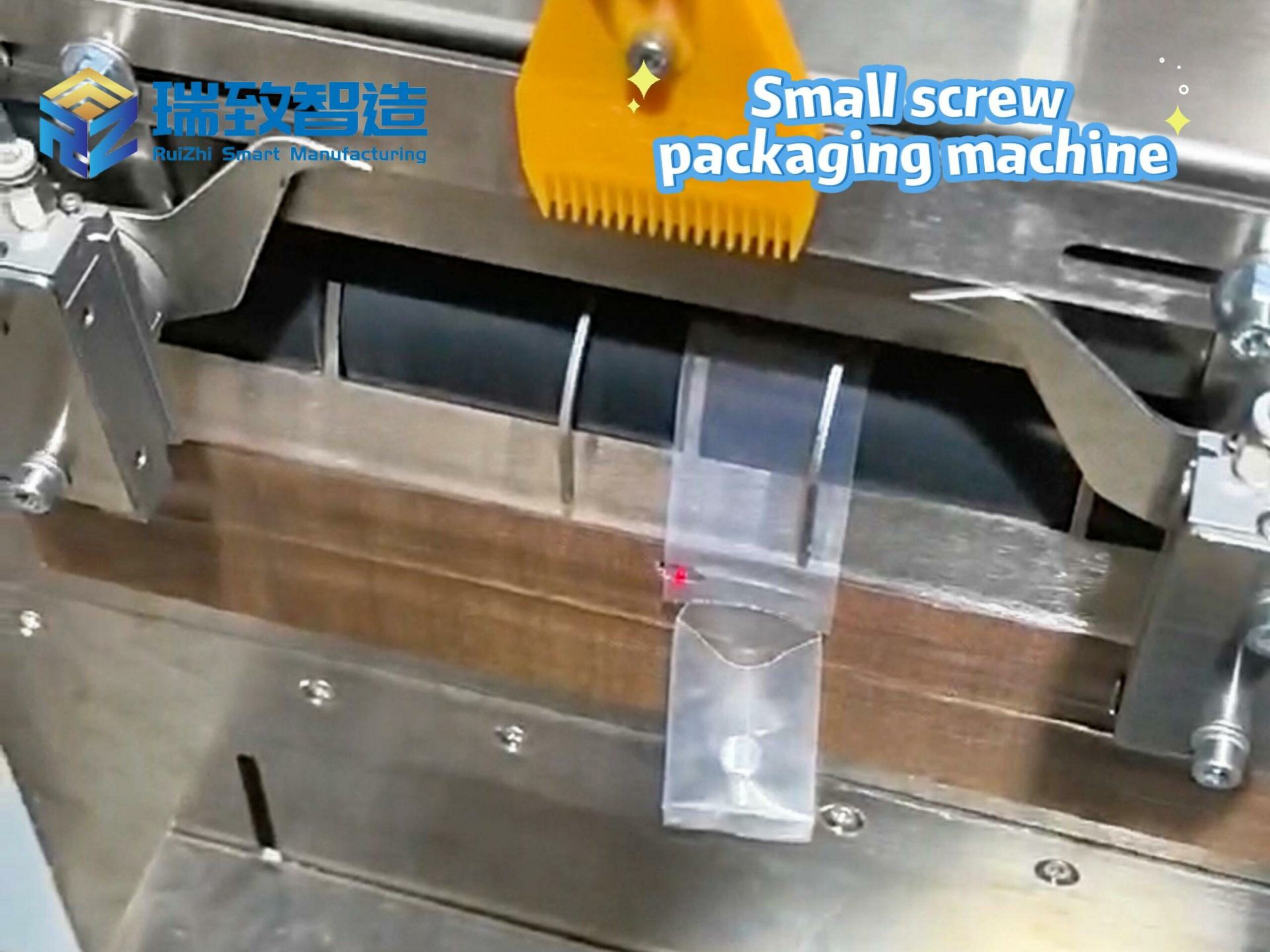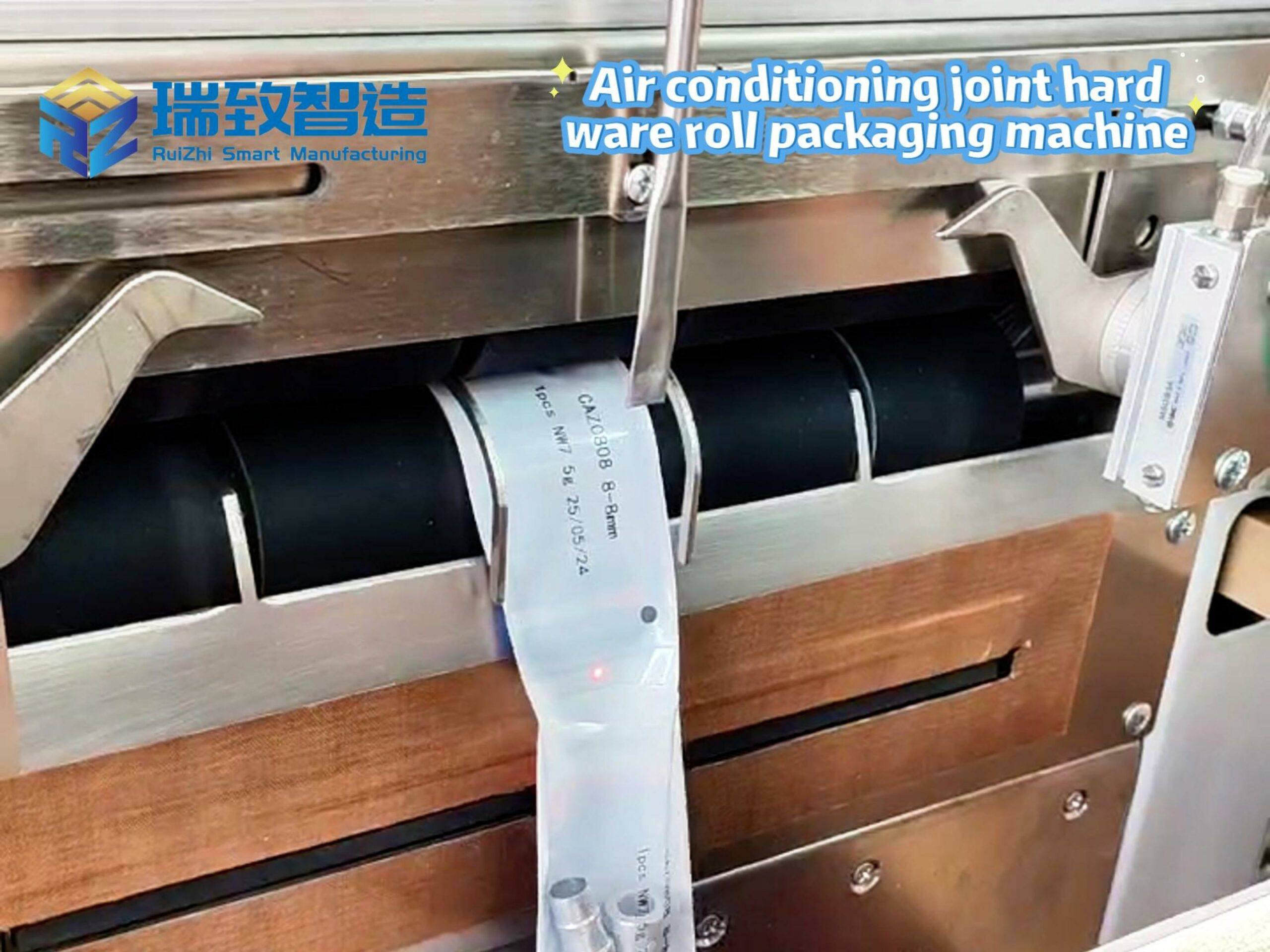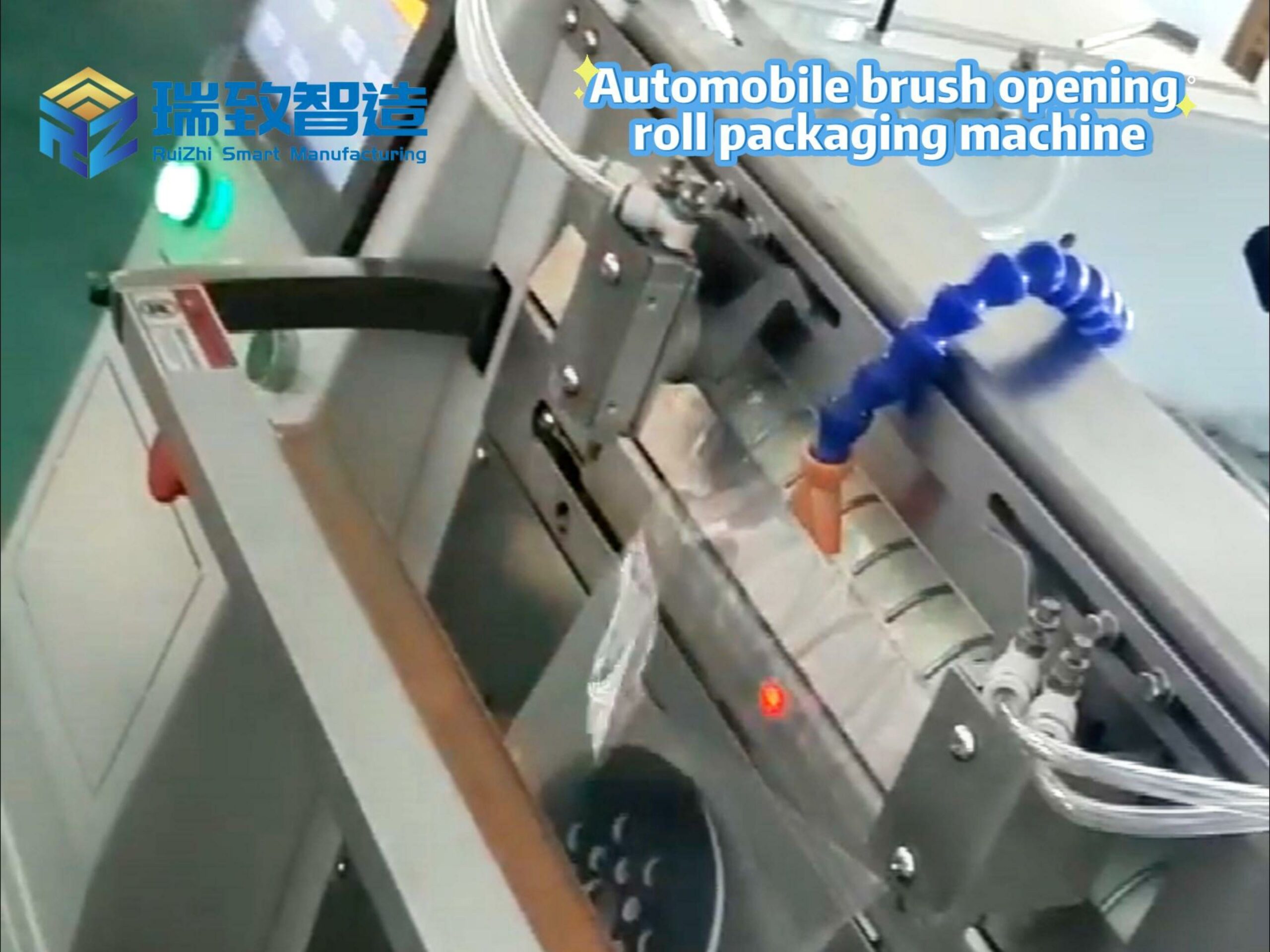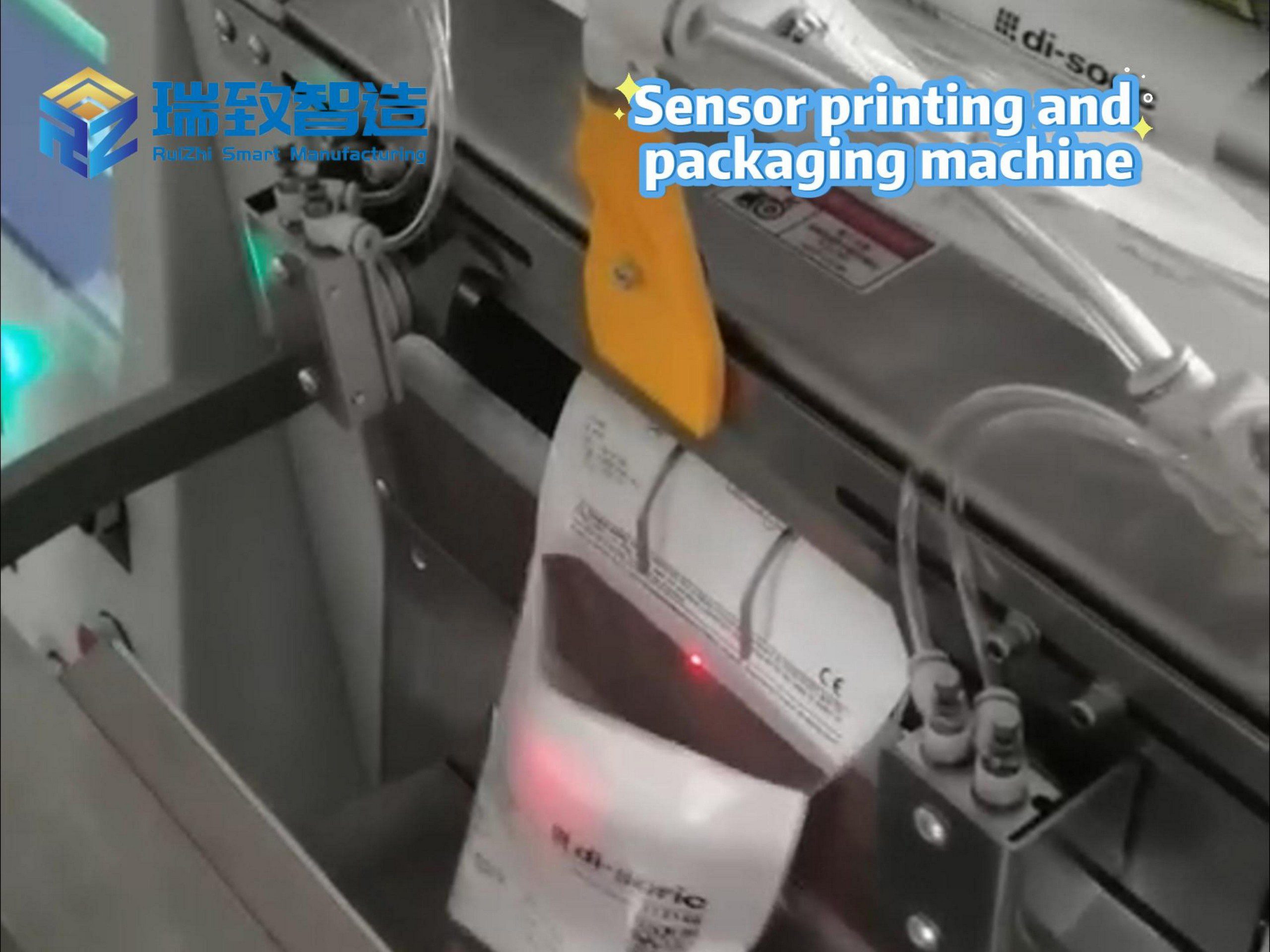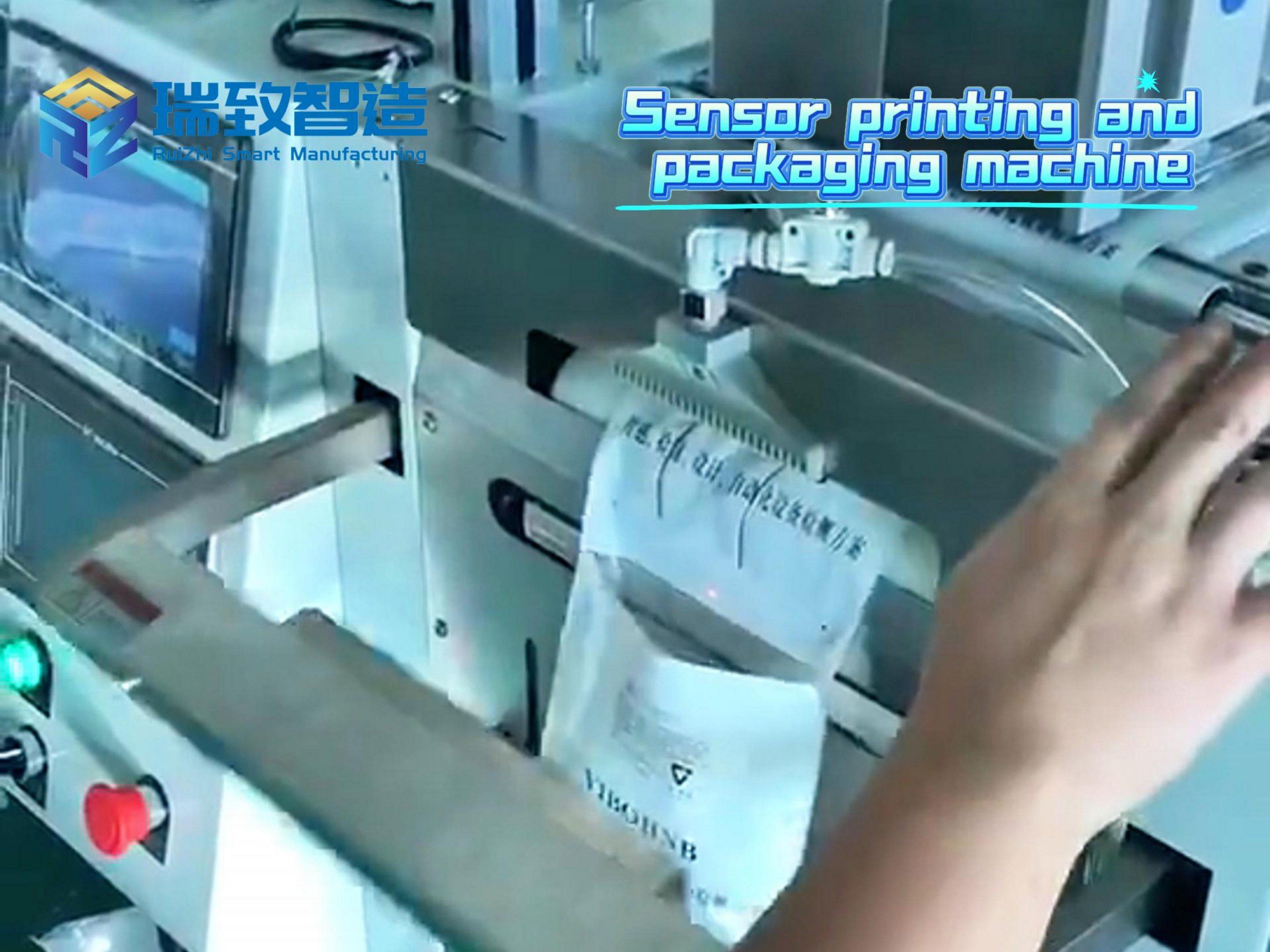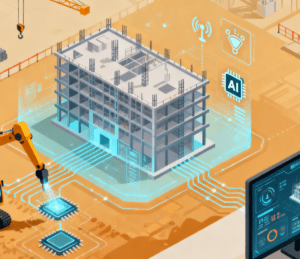
Against the backdrop of the accelerated digital transformation of the global construction industry, Building Twin technology has emerged as a key driver of industry innovation. By achieving real-time synchronization between physical buildings and virtual models, it connects the full-lifecycle data chain from design and construction to operation and maintenance, bringing unprecedented transparency and intelligence to the construction industry.
The core concept of this technology originates from the “Digital Twin” concept, which leverages the Internet of Things (IoT), Artificial Intelligence (AI), and big data analytics to build virtual models that synchronize with real-world entities. For the construction industry, Building Twin is not only an extension of digital management but also a crucial infrastructure for realizing intelligent construction, green operation and maintenance, and smart urban management.
Definition and Core Value of Building Twin
A Building Twin is a digital representation of a physical building. Through embedded sensors, automated monitoring equipment, and cloud-based platforms, it feeds real-time information about the building—such as energy consumption, equipment operation, space utilization, and environmental changes—into the virtual model. This enables designers, construction teams, and operation managers to conduct visual analysis, simulation, and optimization of the building’s status in the digital space.
Compared with traditional Building Information Modeling (BIM), Building Twin not only focuses on static information (e.g., structure and materials) but also emphasizes real-time interaction of dynamic data. It is a “living building model” that can reflect the actual operational status of the building at any time.
Its value is mainly reflected in the following aspects:
Design Optimization and Simulation: Before the building is completed, teams can use the virtual model to simulate multi-dimensional parameters such as energy consumption, lighting, and air flow, identify design flaws in advance, and reduce subsequent renovation costs.
Construction Process Management: Through real-time data monitoring, Building Twin can track construction progress, resource usage, and safety risks, enabling intelligent construction site management.
Operation and Maintenance Optimization: After the building is put into use, the twin model can monitor equipment operation efficiency, energy consumption fluctuations, and environmental quality, thereby implementing predictive maintenance, extending facility lifespan, and saving energy costs.
Decision Support and Sustainable Development: Building Twin provides data-driven decision-making basis, helping building owners and urban managers achieve more scientific energy management and carbon emission control.
Market Development and Growth Trends
With the rapid development of IoT, AI, and cloud computing, the Building Twin market is entering a phase of high-speed growth. In recent years, more and more construction projects have introduced twin systems in the design and operation and maintenance phases to support digital management throughout the building’s full lifecycle.
Globally, Building Twin technology has been widely applied in smart city construction, commercial real estate, industrial parks, and public infrastructure. Its development momentum mainly comes from the following aspects:
Growing Demand for Smart Buildings: Driven by the “dual carbon” goals (carbon peaking and carbon neutrality) and urban intelligent upgrading, green buildings and smart buildings have become the industry mainstream. Building Twin technology enables refined control of energy usage, serving as a key support for energy conservation and carbon reduction.
In-depth Integration of AI and IoT: With the maturity of sensor networks and AI algorithms, Building Twin can realize self-learning, self-diagnosis, and self-optimization of complex building systems, significantly improving the automation level of operation and maintenance management.
Policy and Standard Promotion: Governments in many regions are accelerating the formulation of standards for building digitalization and green low-carbon development, encouraging the integrated application of smart buildings, City Information Modeling (CIM), and Building Twin. This provides policy space for the commercial implementation of Building Twin technology.
Industrial Synergy Effect: Collaboration among design institutes, construction enterprises, software developers, and urban planning institutions has accelerated, promoting the expansion of Building Twin from single-building management to urban-level digital infrastructure.
Overall, the Building Twin market is transitioning from concept exploration to large-scale application. It is expected to achieve rapid growth in scenarios such as urban renewal, smart parks, and infrastructure management in the next few years.
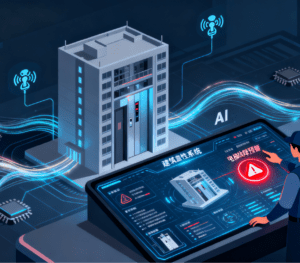
Key Application Scenarios
The application of Building Twin is constantly expanding, from individual buildings to urban systems, covering all stages of the building’s full lifecycle:
- Design and Construction Phases
In the design phase, architects can use the twin model to simulate energy consumption, lighting, air flow, and noise, optimizing building layout and material selection. In the construction phase, digital twin integrates BIM and on-site IoT monitoring to realize real-time monitoring of construction progress, equipment status, and safety risks, reducing rework and waste.
- Operation and Facility Management
After the building is put into use, the twin system can monitor the operation status of heating, ventilation, and air conditioning (HVAC) systems, lighting, elevators, and security systems. It uses AI algorithms for fault prediction and energy efficiency analysis, thereby improving energy utilization and living comfort.
- Predictive Maintenance
Through data analysis and pattern recognition, the system can issue early warnings before equipment failures occur, reducing downtime and maintenance costs. This capability is particularly crucial in large commercial complexes, hospitals, and industrial parks. For example, in medical device production workshops or hospital medical supply centers equipped with syringe automatic assembly equipment, Building Twin can synchronize the equipment’s operating parameters and production data in real time, predict potential mechanical failures or precision deviations, and ensure the continuous and stable operation of critical medical device assembly lines.
- Smart City Construction
At the urban level, Building Twin technology integrates with City Information Modeling (CIM) to provide real-time data support for urban planning, traffic management, and emergency response, realizing a digital ecosystem “from buildings to cities”.
Technological Evolution and Innovation Directions
Currently, the development of Building Twin is driven by a number of emerging technologies:
Integration of Cloud and Edge Computing: Edge computing enables rapid processing of on-site data, while cloud platforms support multi-party collaboration and centralized management.
Augmented Reality (AR) and Virtual Reality (VR): These technologies allow managers to directly view the Building Twin model at the construction site, enabling visual decision-making and remote guidance.
Standardization of Data Interoperability: The industry is committed to establishing unified data interface standards to break down information silos between different systems and achieve cross-platform data sharing.
Cybersecurity and Privacy Protection: As building data becomes more sensitive, enhancing data encryption and access control has become a core element of system design.
Regional and Industrial Development Pattern
Unique Opportunities in the Chinese Market
China is in a critical stage of new-type urbanization and smart city construction, and Building Twin technology has broad prospects in urban renewal, public building management, and green building fields.
From a policy perspective, initiatives such as “new infrastructure construction”, “dual carbon goals”, and “synergistic development of intelligent construction and building industrialization” have laid an institutional foundation for the application of Building Twin. Some cities have launched pilot projects on urban-level digital twin platforms, integrating Building Twin with City Information Modeling (CIM) to explore the implementation path of “digital cities”.
International Development Reference
In Europe and North America, Building Twin has become an important part of smart buildings and urban digital management. North America leads the way due to active investment in smart buildings; Europe promotes the transformation of green buildings into twin-enabled models through strict energy regulations; the Asia-Pacific region has become one of the fastest-growing markets, with active innovation in smart parks and urban infrastructure.
Future Trends and Outlook
Looking ahead, the development of Building Twin technology will show the following directions:
Expansion from Individual Buildings to Urban-Level Twins
Building Twin will no longer be limited to single projects but will become an important part of urban digital infrastructure, enabling collaborative management of urban energy, transportation, and public facilities.
AI-Driven Autonomous Optimization Systems
With the help of AI algorithms, twin systems will realize self-learning and self-adjustment, allowing buildings to automatically optimize their operational status based on environmental conditions and usage needs.
Sustainable Development as a Core Goal
Against the backdrop of the “dual carbon” strategy, Building Twin will become a key tool for assessing carbon emissions, optimizing energy consumption structures, and achieving green building goals.
Open and Collaborative Ecosystem
Collaboration among software developers, design institutes, general contractors, and government departments will accelerate the formation of a cross-industry Building Twin ecosystem, bringing higher standardization and scalability to the industry.
Conclusion
The rise of Building Twin technology marks the construction industry’s transition to a new data-driven stage. From design visualization and construction digitalization to operation and maintenance intelligence, it not only changes the way buildings are managed but also lays the foundation for the sustainable development of future cities.
With the further integration of AI, IoT, and urban digital governance, Building Twin will become a core hub of the smart city ecosystem. It enables buildings to “speak” and data to “empower decision-making”, ultimately creating more efficient, greener, and smarter urban spaces. This transformation led by Building Twin is quietly reshaping the future of our cities.
Automation engineering of production lines in the automotive industry
AI production line automation robots in the automotive industry











